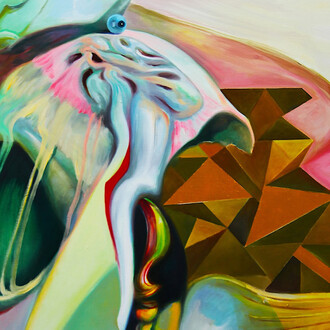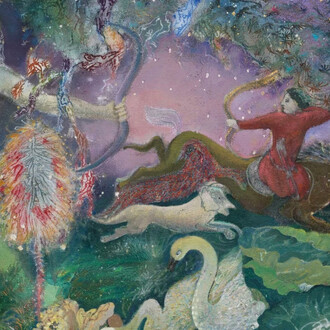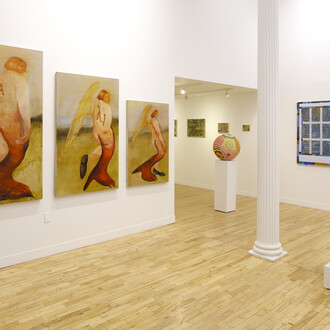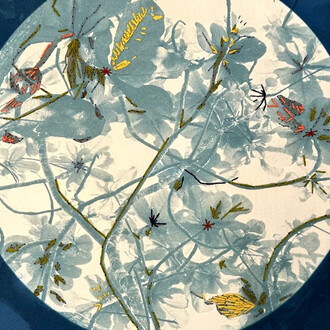It has been almost a century since the first Mexican folk art exhibition, organized by Gerardo Murillo ‘Dr. Atl’ and Katherine Anne Porter, opened with the purpose of showing the country’s cultural richness. They worked under the premise that the modernization of arts should be taken as a national project, seeking inspiration from folk art and demonstrating that Mexico is composed of diverse cultures.
In this way, artists, in addition to the anthropological work made to understand the new Mexican identity from the ancient civilizations, achieved a distinctive and transcendental art in an era in which there was a quest for a national formula for art and culture.
The exhibition, titled Exposición de artes populares mexicanas, was inaugurated on September 19th, 1921 in Mexico City, and later -after a great struggle to find a venue in the United States, since the importance of the discourse was not fully established- in January, 1922 in Los Angeles.
The curatorship was based on tours through markets and workshops, where a collection of objects from Mexican regions was made. Techniques of folk art -laces, serapes and ceramics- were contextualized with a small selection of modern art, emphasizing the acknowledgment of folk artists as vernacular creators. Mexico is Mexico presents today, under Murillo’s and Porter’s same criteria, a selection of contemporary design objects created in locations so diverse as Mexico City, Oaxaca, Guadalajara, Queretaro, Merida, Guanajuato and Taxco.
The findings of this first quest: a handmade mirror, carved from a single obsidian block with a matte finish, inspired by prehispanic utensils; a set of silver candlesticks with tentacle shaped bases; a hand-carved stool made out of volcanic rock, that revisits the tradition of the molcajete; a blown glass jug, made in one of the newest workshops of Oaxaca; a hand-painted metal side table; oversized clay candlesticks made of interlocking parts that have been intervened with copper; a hand-knit wool rug with the original urban layout of Queretaro, one of the most important cities in colonial times; a series of solid wood pieces, shaped as water containers, dyed with natural black ink; a series of clay vessels that take us back to millenary ceremonies; and a stool made out of recycled material, transformed through a semi-industrial process in Jalisco.
These objects are, without doubt, a reflection of the country’s present reality and diverse identity, defined by the historic bond that has linked artisans with design from the Mexican Revolution (1910-1920) to our present time.
















